

In the intricate world of home plumbing, understanding the significance of water turn off valves is paramount for homeowners and DIY enthusiasts alike. According to plumbing expert John Smith, renowned for his extensive knowledge in residential plumbing systems, "A water turn off valve is not just a component; it is the first line of defense against potential water damage." His insights underscore the critical role these valves play in maintaining the integrity of our homes while offering an essential safety measure in emergencies.
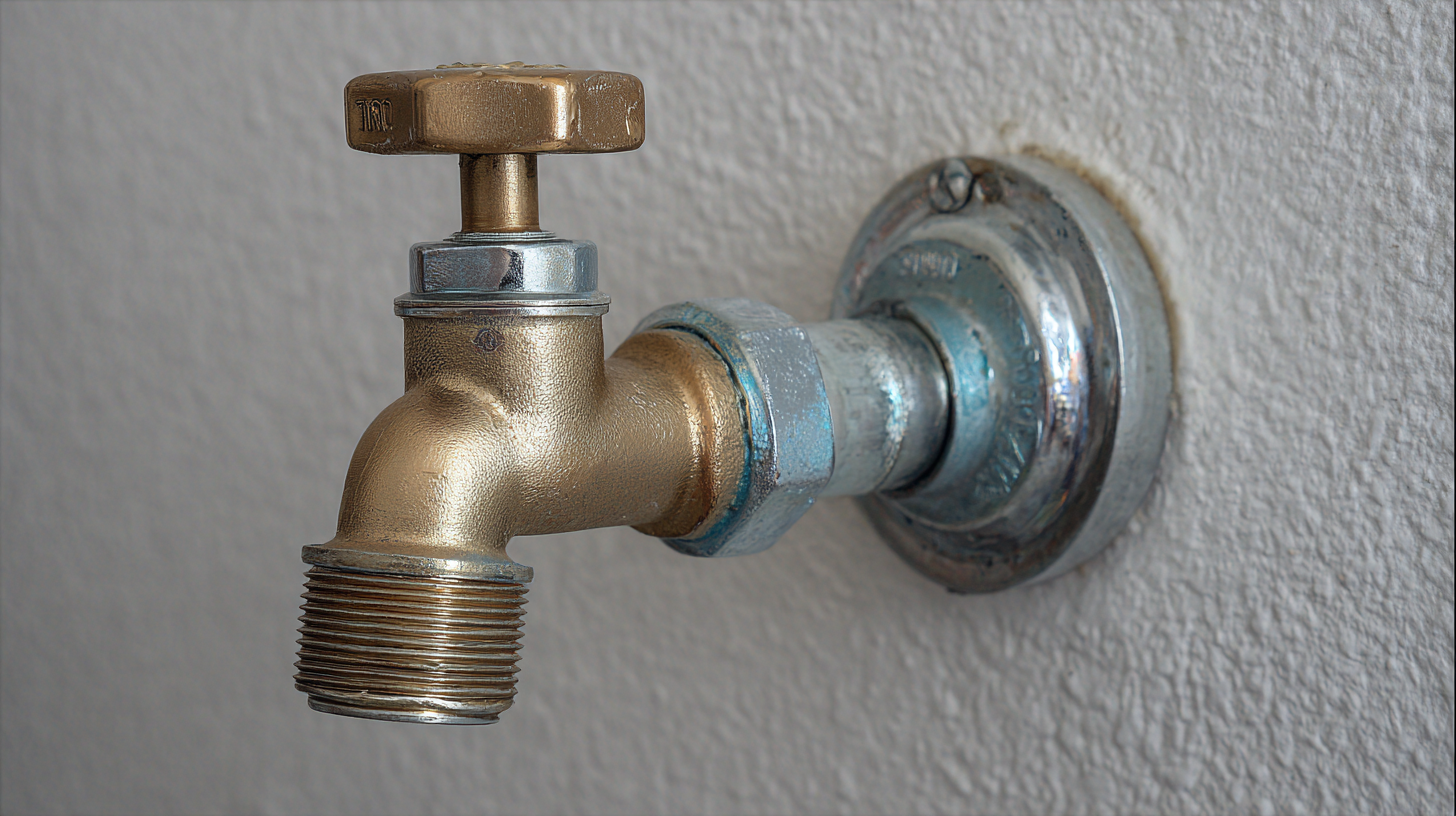
Water turn off valves serve as vital control points within a home's plumbing network, allowing homeowners to quickly shut off water supply in case of leaks, flooding, or repairs. Mastering the function and location of these valves can provide peace of mind, knowing that you have the power to act swiftly when faced with plumbing issues. Understanding their importance is not only about knowing how to operate them but also about recognizing their role in protecting your home from water-related disasters.
This comprehensive guide aims to delve into the intricacies of water turn off valves, exploring various types, installation tips, maintenance advice, and their crucial contribution to home safety. By empowering yourself with this knowledge, you can take proactive steps to safeguard your plumbing system and enhance the longevity of your home.
Water turn off valves are essential components in maintaining a home's plumbing system. Understanding the different types of valves can significantly impact how efficiently you manage water supply and prevent potential disasters.
The most common types include ball valves, gate valves, and globe valves. According to the American Society of Plumbing Engineers (ASPE), ball valves are favored for their durability and quick shut-off capability, which can prevent extensive water damage during emergencies.
Gate valves, on the other hand, are typically used for applications requiring a straight-line flow of media. They are often found in larger installations but can be slower to operate compared to ball valves. A report from the World Plumbing Council states that improper usage of these valves can lead to up to 30% of water loss in residential systems. Globe valves, known for their throttling capabilities, are ideal for regulating flow but may not be suitable for complete shut-off.
By understanding these differences and their functionalities, homeowners can better prepare for plumbing mishaps and enhance the longevity of their plumbing systems.
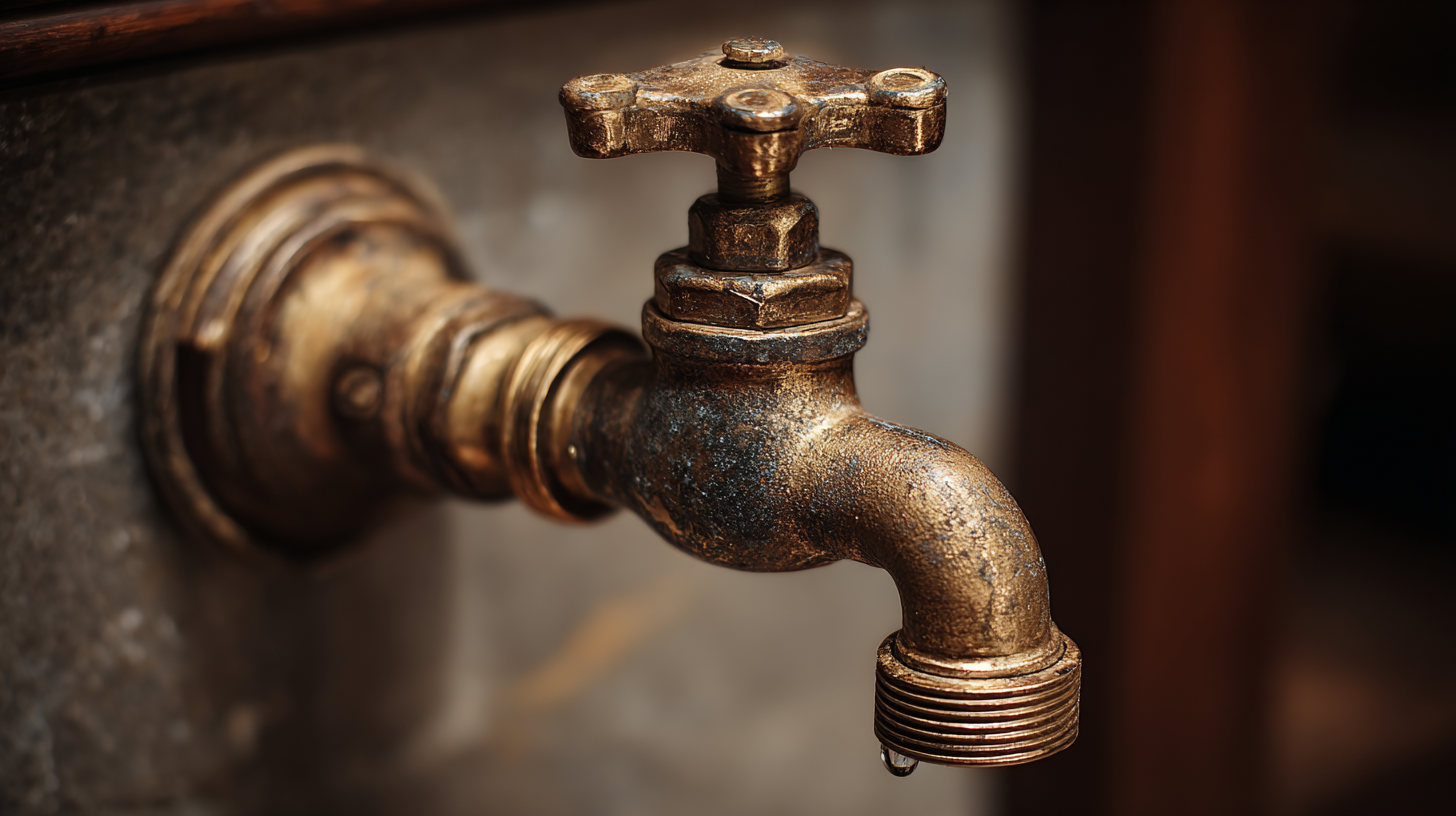 Water shut off valves are essential components of any home plumbing system, serving as critical control points for managing water supply. Identifying their locations can save you time and potential damage during emergencies, such as leaks or burst pipes.
Typically, the main shut off valve is located close to where the water line enters your home, often in a basement, crawl space, or near the perimeter of the house. This main valve controls the entire water supply to the home, making it the first place to check in case of a plumbing issue.
Water shut off valves are essential components of any home plumbing system, serving as critical control points for managing water supply. Identifying their locations can save you time and potential damage during emergencies, such as leaks or burst pipes.
Typically, the main shut off valve is located close to where the water line enters your home, often in a basement, crawl space, or near the perimeter of the house. This main valve controls the entire water supply to the home, making it the first place to check in case of a plumbing issue.
In addition to the main valve, various fixtures and appliances often have their own individual shut off valves. These are generally found beneath sinks, behind toilets, and near washing machines, allowing for localized control without affecting the entire house's water supply.
Regularly checking and maintaining these valves is crucial; they can become corroded or stuck over time. Familiarizing yourself with the location and functionality of these valves will empower you to act quickly in emergencies, minimizing water damage and the associated costs of repair.
When it comes to home plumbing, knowing how to safely shut off your water supply is crucial. Whether you're dealing with a plumbing emergency, conducting maintenance, or preparing for seasonal changes, being familiar with your water turn off valves will save you time, money, and potential damage to your home. The process is relatively straightforward and can be mastered with a bit of practice.
**Tips:** Start by locating your main water shut-off valve, which is typically found near your water meter or where the main water line enters your home. Familiarize yourself with other shut-off valves, like those for sinks and toilets, to streamline your plumbing management. When shutting off the water, it's essential to turn the valve clockwise until it's fully closed, ensuring no leaks remain.
Before you begin any plumbing work, make sure to drain the lines by turning on faucets at the highest and lowest points in your home. This will help reduce the risk of water spraying unexpectedly while you're working. After your task is complete, remember to slowly reopen the main valve to avoid sudden pressure surges that can damage your pipes. Taking these precautions will ensure a smoother and safer plumbing experience.
| Valve Type | Location | Function | Emergency Use |
|---|---|---|---|
| Main Shutoff Valve | Near Water Meter | Controls Water Supply to Entire Home | Use in emergencies like pipe bursts |
| Service Valve | Under Sink | Controls Water to Specific Fixture | Shut off water when repairing sink |
| Toilet Shutoff Valve | Behind Toilet | Controls Water Supply to Toilet | Helpful for fixing leaks |
| Washing Machine Valve | Near Washing Machine | Controls Water Supply for Washing Machine | Turn off to prevent leaks |
| Outdoor Hose Bib Valve | Outside Wall | Controls Water Supply for Outdoor Use | Turn off in winter to prevent freezing |
Water turn off valves are essential components in any home's plumbing system, allowing homeowners to control the flow of water in case of emergencies or repairs. However, these valves are prone to common issues that can lead to significant problems if not addressed timely. One prevalent issue is corrosion, which can cause leaks or restrict water flow. Regularly inspecting your valves for signs of rust or wear is crucial; if corrosion is noted, replacement may be the best course of action to prevent water damage.

Another common problem with water turn off valves is stiffness or difficulty in turning them. This can occur due to sediment buildup or a lack of lubrication. To resolve this issue, try gently turning the valve back and forth to break any sediment loose, followed by applying a lubricant specifically designed for plumbing. If the valve remains stuck, it may require replacement to ensure proper operation. By proactively addressing these issues, homeowners can maintain their plumbing systems effectively and avoid last-minute crises.
Maintaining water turn off valves is crucial, especially as winter approaches and the risks of freezing pipes increase. According to the American Society of Home Inspectors, over 250,000 homes in the United States experience water damage from burst pipes each year, highlighting the necessity of regular maintenance for all plumbing components. Homeowners should routinely check their water turn off valves to ensure they function properly, as failure to do so can lead to catastrophic leaks or flooding, particularly when temperatures drop. It’s recommended to test these valves at least once a year to confirm they can be easily turned off in case of an emergency.
Preparing your home's plumbing for winter involves more than just knowing where the turn off valves are; it also includes insulating exposed pipes and maintaining proper heating in the home. As noted by the National Association of Home Builders, homes without adequate insulation are ten times more likely to experience frozen pipes. Homeowners should also take proactive measures, such as letting faucets drip during extreme cold or using heat tape on vulnerable pipes, to minimize the risk of freezing. Ensuring that turn off valves are accessible and in good working condition adds another layer of safety against unexpected plumbing emergencies.

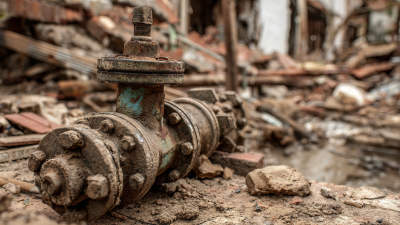
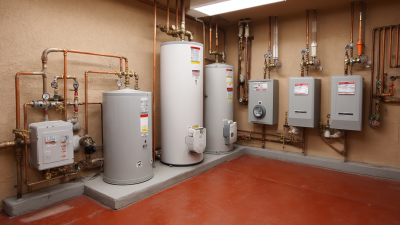
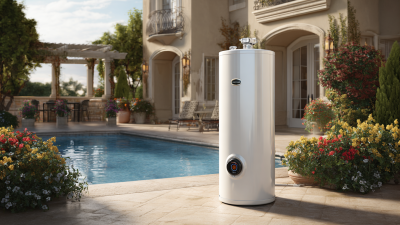
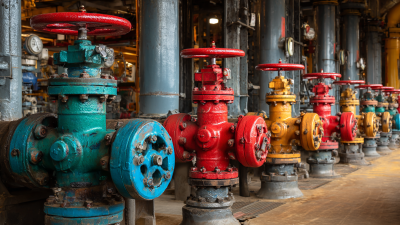
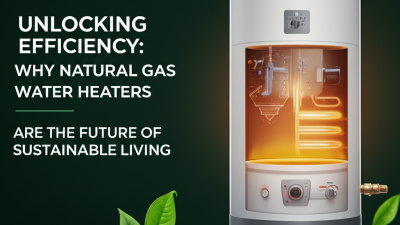
© Copyright 2025 | LittleFirefighter.com | All Rights Reserved | 1EZ Creative: Orange County Web Design
Fusce ut ipsum tincidunt, porta nisl sollicitudin, vulputate nunc. Cras commodo leo ac nunc convallis ets efficitur.

12345 North Main Street,
New York, NY 555555
1.800.555.6789
sale@vibrotools.com
